Rob’s been in touch with a really good youtube on Model railroad track planning.
I really enjoyed it and there is some sound advice that will save you a lot of blood, sweat and tears:
“Hi Al,
I posted this video on YouTube a week ago, and it has turned out to be extremely popular with a wide audience.
In it, I discuss some of the many things to consider when planning a model train layout.
It has also provoked good discussions of what is important to a layout and forced me to see the controversy between loop versus end-to-end layout designs. Before this, I didn’t know that emotions ran so high on this subject. I think it might be a good one for your blog.
I want to make it clear I am not an expert on layout planning but I have learned a few things during my journey into model trains.
It is obvious to me that some folks are quite adamant in their belief that the only legitimate layouts are ones that mimic a real railroad.
However, many people, I have found, just want to run their trains and not bother with switching except on occasion.
I am one of those people, although I do understand the social aspects of having a number of people come to your layout to run trains point to point in a prototypical manner. The camaraderie could be fun I am sure. This type of activity seems to be mostly found on North American-style freight model railroads.
I think the type of layout and activity associated with a personal model railway is personal and everyone wants something different. There is nothing wrong with that. Model railroads are for enjoyment and nothing else. They are not for the satisfaction of others but for the pleasure of the owner only. It is a wonderful hobby.
You can pursue any aspect you want, to any depth you want be it artistic, electronics. electrical, mechanical engineering, civil engineering, weathering, graffiti emulation, whatever or not. It is your time, your hobby.
Thank you, Al, for all you do for us.
cheers,
Rob”
Model railroad track planning:
A huge big thanks to Hall of Fame member Rob for sharing his thoughts on Model railroad track planning. I thought it was a well thought out youtube that anyone can learn from. I really enjoyed it.
There are quite a few posts on this theme on the blog now:
How to start a model train layout
Where do I start when making a model train layout
That’s all for today folks.
Please do keep ’em coming.
And if today is the day you get started on your layout, the Beginner’s Guide is here.
Best
Al
PS More HO scale train layouts here if that’s your thing.
Need buildings for your layout? Have a look at the Silly Discount bundle.
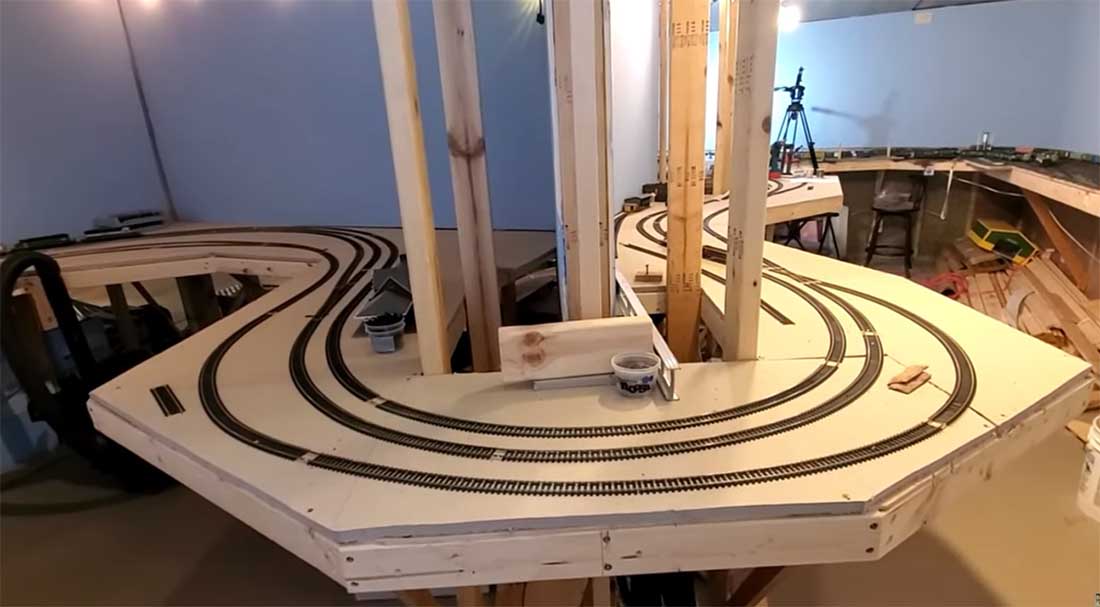
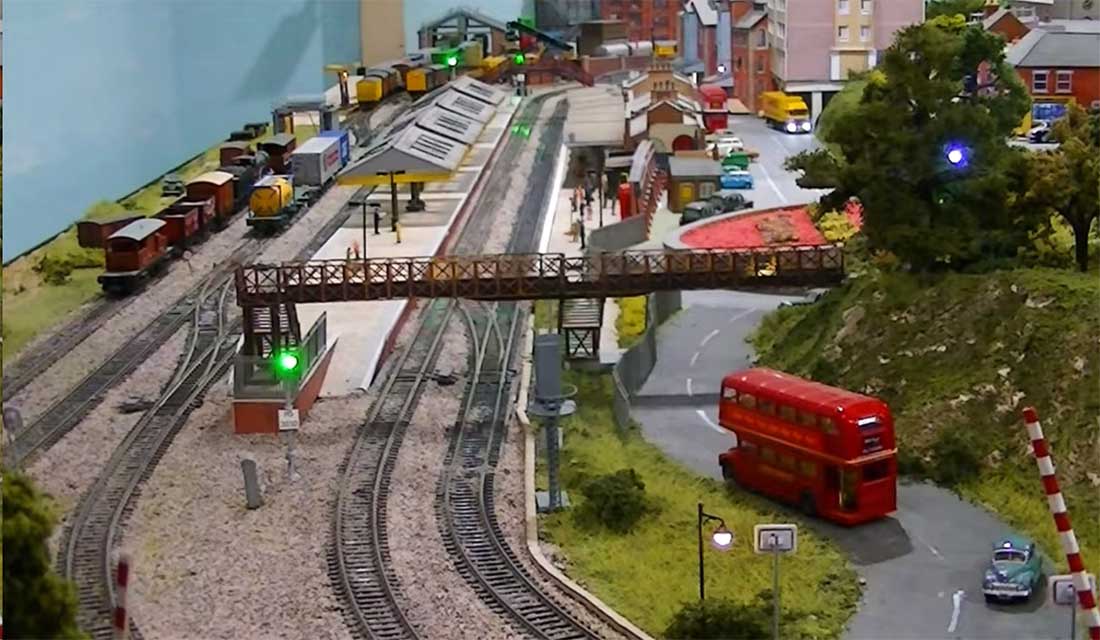
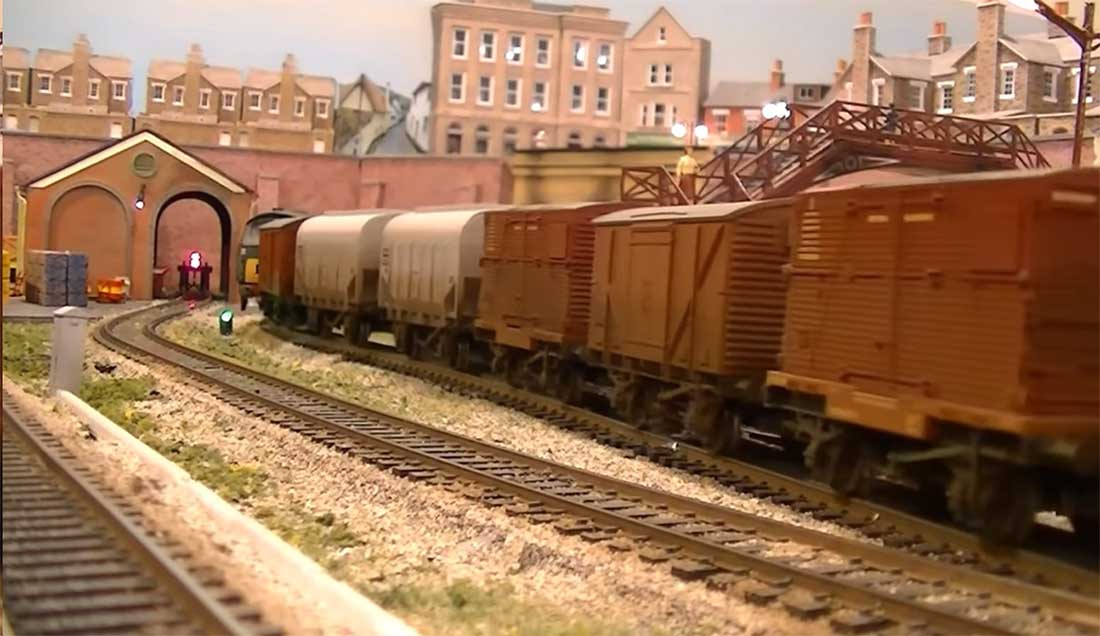
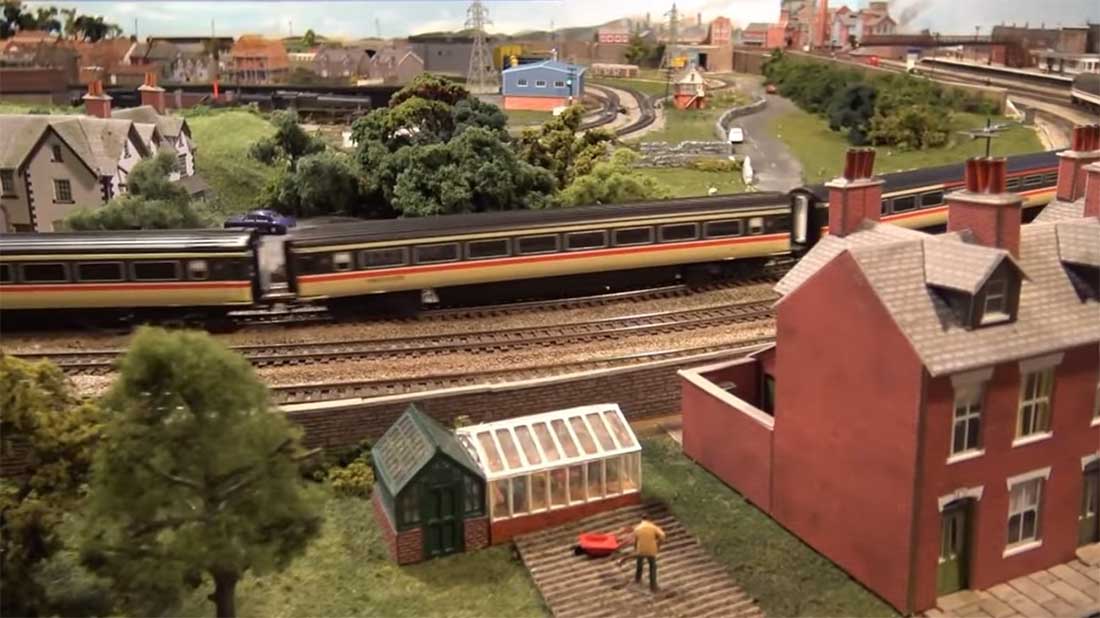

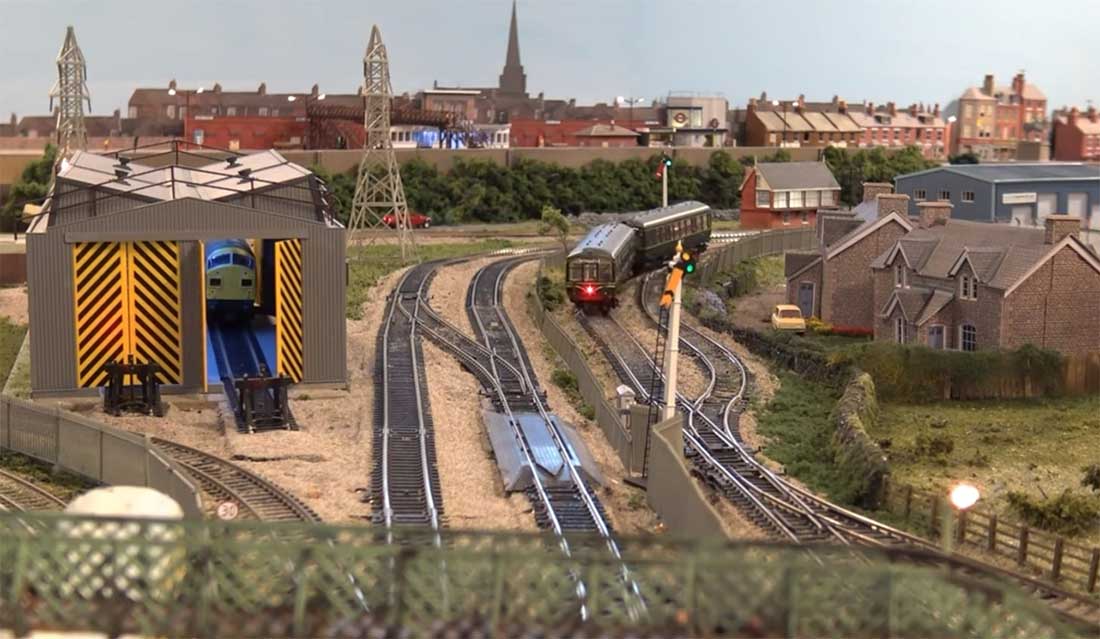

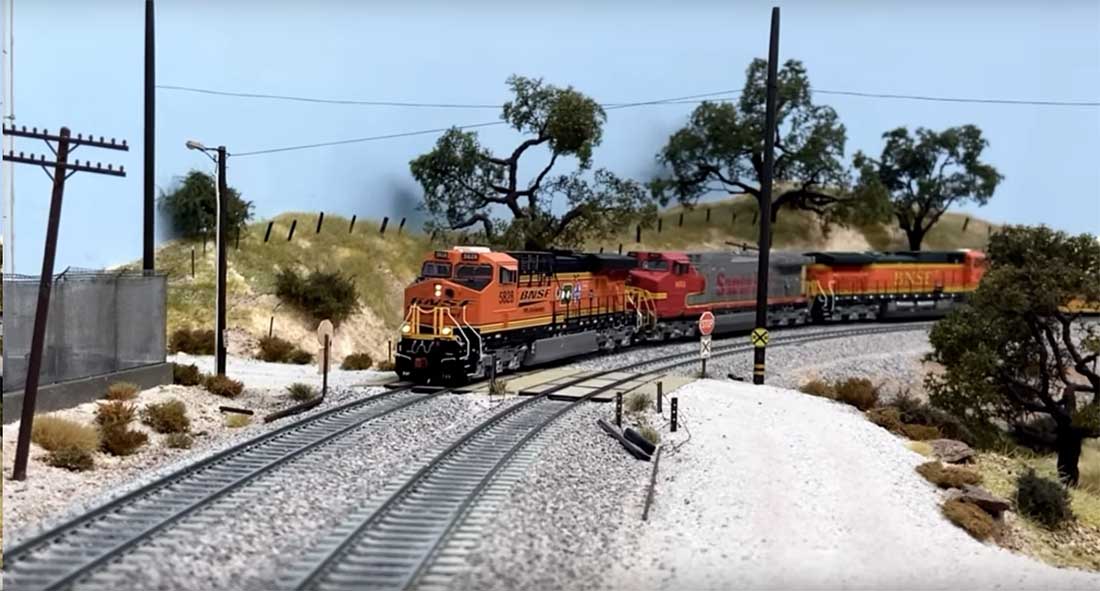
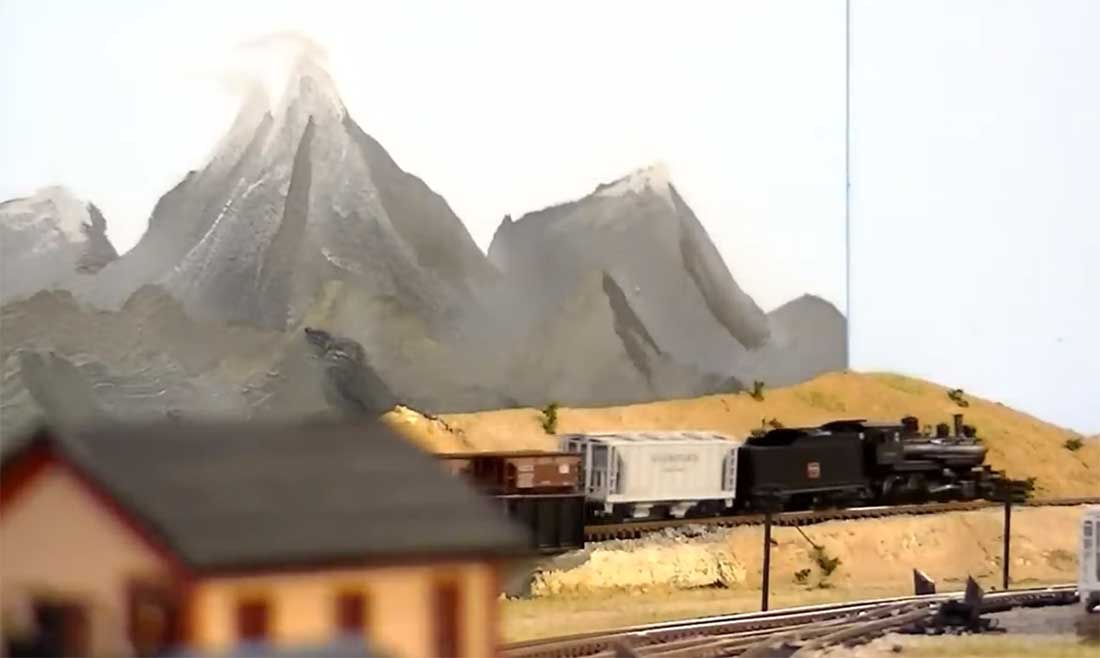

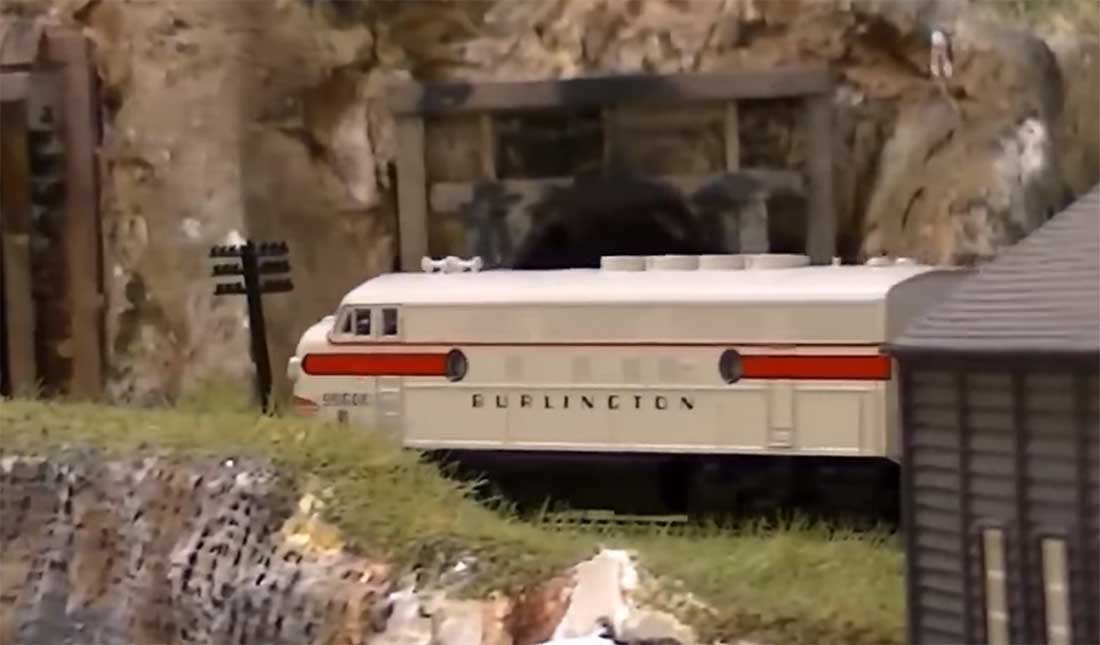

Of the many pearls of wisdom in the video one of the best is “let your scenery be your backdrop”. So simple but so effective. Thanks for sharing that thought.
Thank you Rob for that video and the very vital points you have made.
I certainly agree about the grades and curves. I have been alert to these two problems from the beginning and have made a gauge for each of them so that each curve or grade on my layout must fit into the minimum size set by the gauge.
Even with a 3% grade some of my cheaper locos have to be modified to manage them.
Duck-unders are a definite NO-NO for those of us of advancing years.
Al, Rob suggests a group of friends coming round to operate a layout is mostly found on North American style freight model railroads. I beg to differ. I’ve had the privilege of operating regularly on the Borchester Market and Hardwick Grange layouts by the late Frank Dyer, and on a couple of trips to Cornwall, Buckingham, courtesy of Peter Denny. I’ll send you some pictures.
Rod
very nice i like it.
I agree with the need for planning and attention to both grades and minimum diameter curves. Original layout had 18” min. Radius curves and ramps that were not precise enough in consistency of elevation change or grade. Ultimately had to tear off the top, extend the platform to 9’+ by 5’+ to accommodate 24” min. radius curves and 2% grades. Used a computerized track planning program to great effect. But inevitably had to make small adjustments as the track was laid. Having the plan to fall back on was a great savior — as were the styrofoam ramps and 24” metal track guide.
That is a very good video Rob, if I had the room for a large layout but it does give me some ideas for making a smaller layout. Thank you for sharing.
Very unique…now that’s thinking outside the box. GREAT